Build A Info About How To Treat Pericardial Effusion
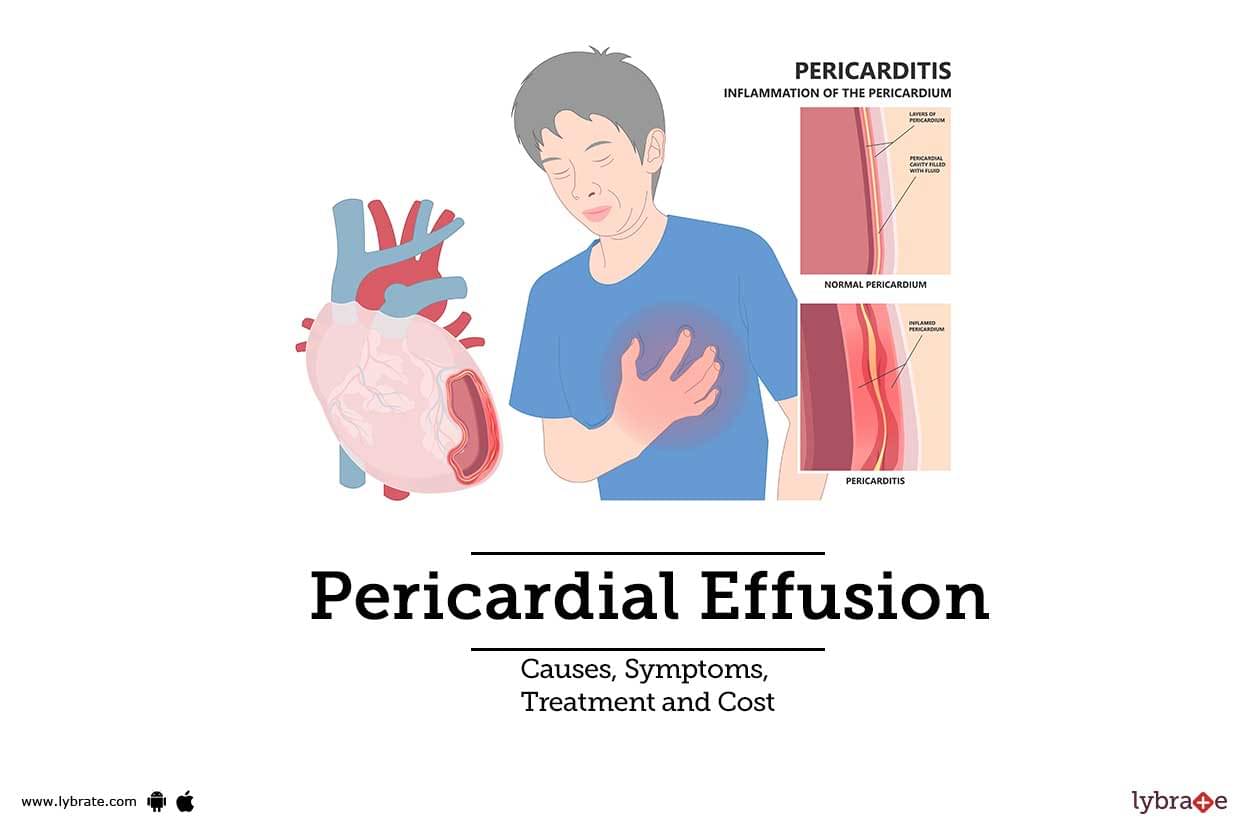
Where present, symptoms of pericardial effusion may include:
How to treat pericardial effusion. A health care provider uses a needle to enter the pericardial space and then inserts a small tube (catheter) to drain the fluid. The patient was initially treated with furosemide and colchicine. A fibrous sac called the pericardium surrounds the heart.
And finally the duration and size of the effusion. The elevation of inflammatory markers; You may need any of the following:
That’s because it isn’t possible to diagnose it without specific medical tests and imaging. Recurrent pericarditis is a problematic clinical condition that impairs the quality of life of the affected patients due to the need for repeated hospital admissions, emergency department visits, and complications from medications, especially glucocorticoids. (a) pericardial thickening and organized pericardial effusion are observed anterior to the right ventricular wall (arrow).
A pericardial effusion is considered to be present when accumulated fluid within the sac exceeds the small physiologic amount (15 to 50 ml). This article discusses the symptoms, causes, and treatments associated with pericardial. An approach to management of pericardial effusion will be presented here.
The space between these layers typically contains a thin layer of fluid. If treated early, most people will recover within a few weeks. Transthoracic echocardiogram showing constrictive physiology.
And finally the duration and size of the effusion. This can prevent it from pumping normally. Surgeries or other procedures to treat pericarditis include:
All types of acute pericarditis (inflammatory, infectious, immunologic or of physical origin) can be associated with pericardial effusion. Introduction the pericardium is a fibroelastic sac surrounding the heart that contains a thin layer of fluid. Treatments outlook faq summary pericardial effusion is an accumulation of fluid around the heart.
If pericarditis causes fluid buildup around the heart, a surgery or other procedure may be needed to drain the fluid. Continuing education activity a pericardial effusion refers to the accumulation of excess fluid in the pericardial sac surrounding the heart. Depending on the severity of the pericardial effusion, it may go away without treatment, require medication, draining, or, in severe cases, surgery.
The prognosis for pericardial effusion is good if its idiopathic or viral pericarditis. A pericardial effusion is the buildup of excess fluid between the heart and the sac surrounding the heart, known as the pericardium. Pericardial window) should be considered with recurrent cardiac tamponade or symptomatic pericardial effusion (either circumferential or loculated).
Pericardial effusion is the buildup of extra fluid in the space around the heart. In this procedure, a sterile needle or a small tube (catheter) is used to remove and drain the excess fluid from the pericardial cavity. If too much fluid builds up, it can put pressure on the heart.
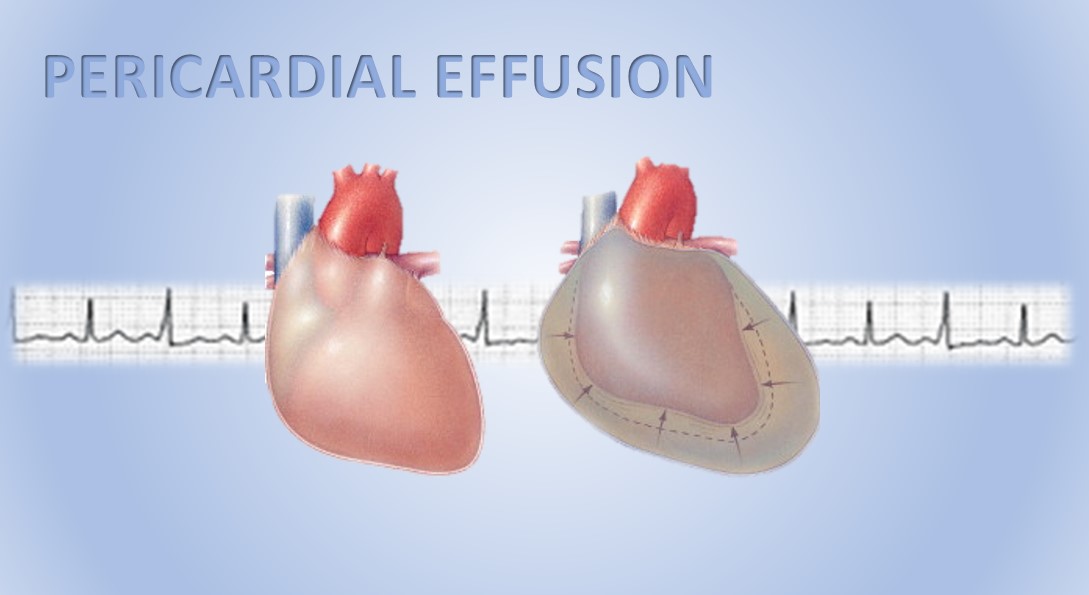
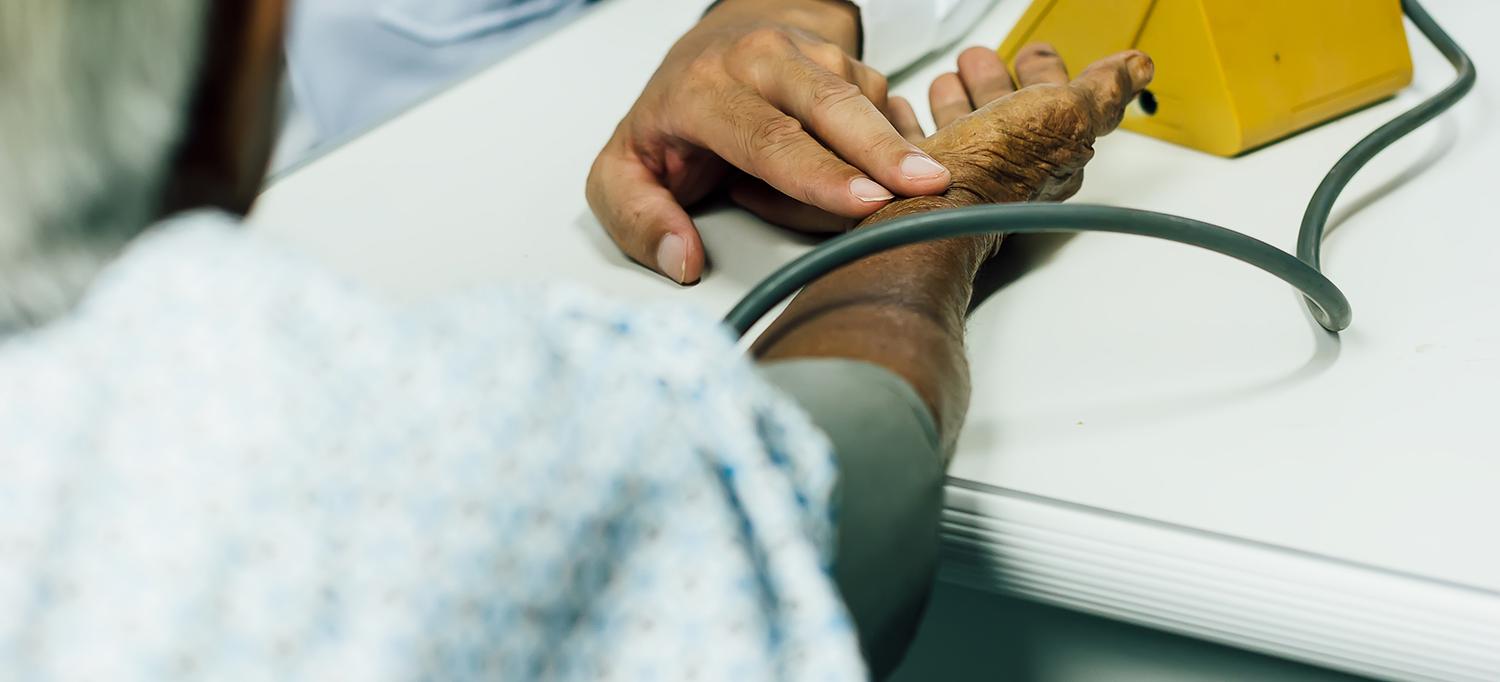

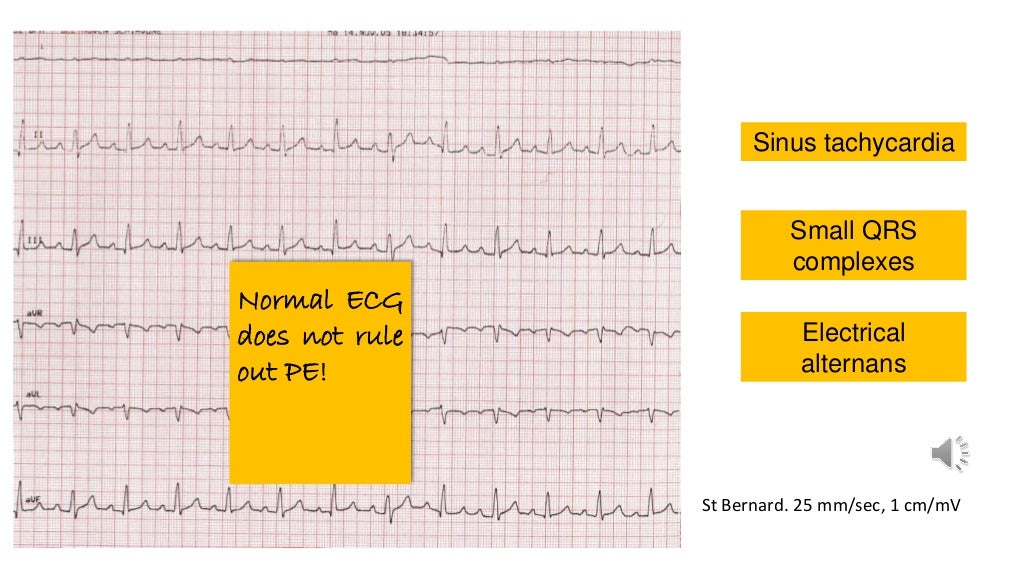

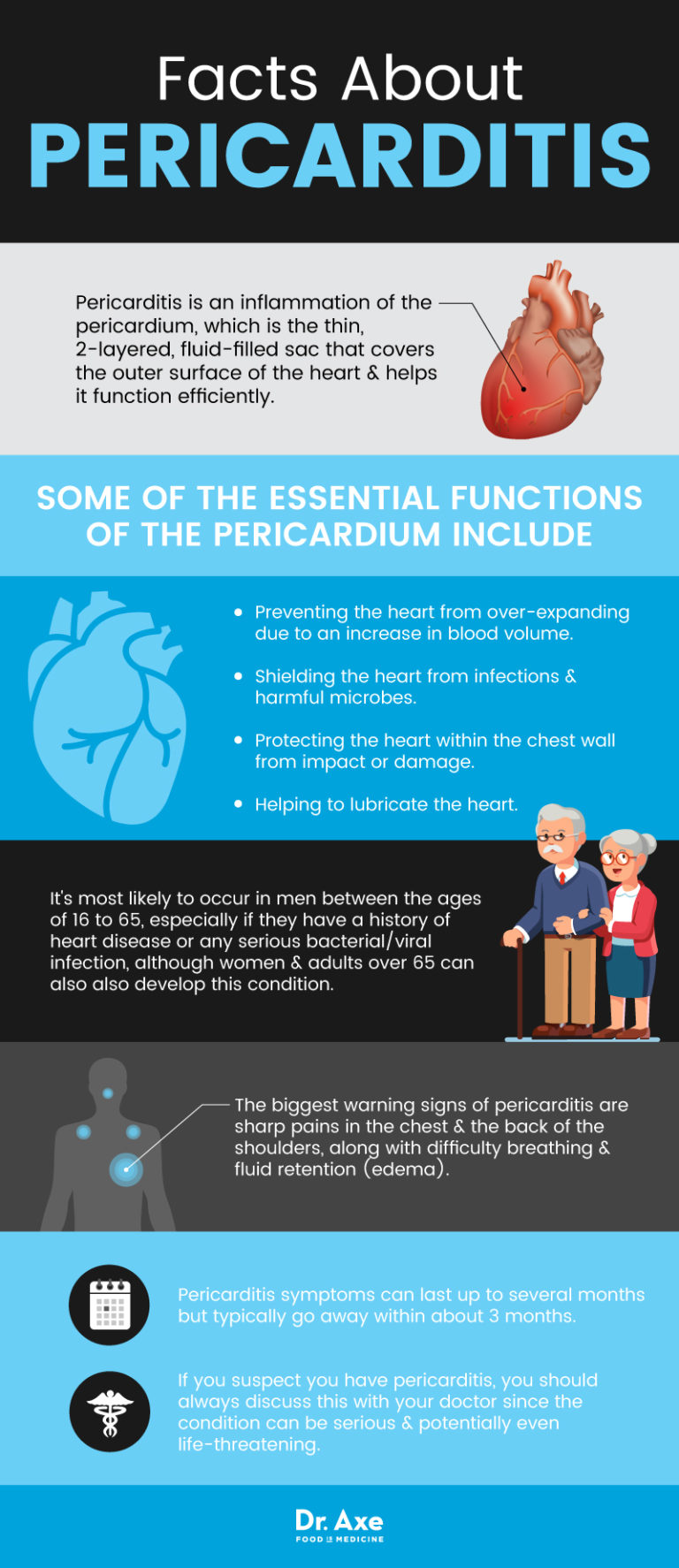
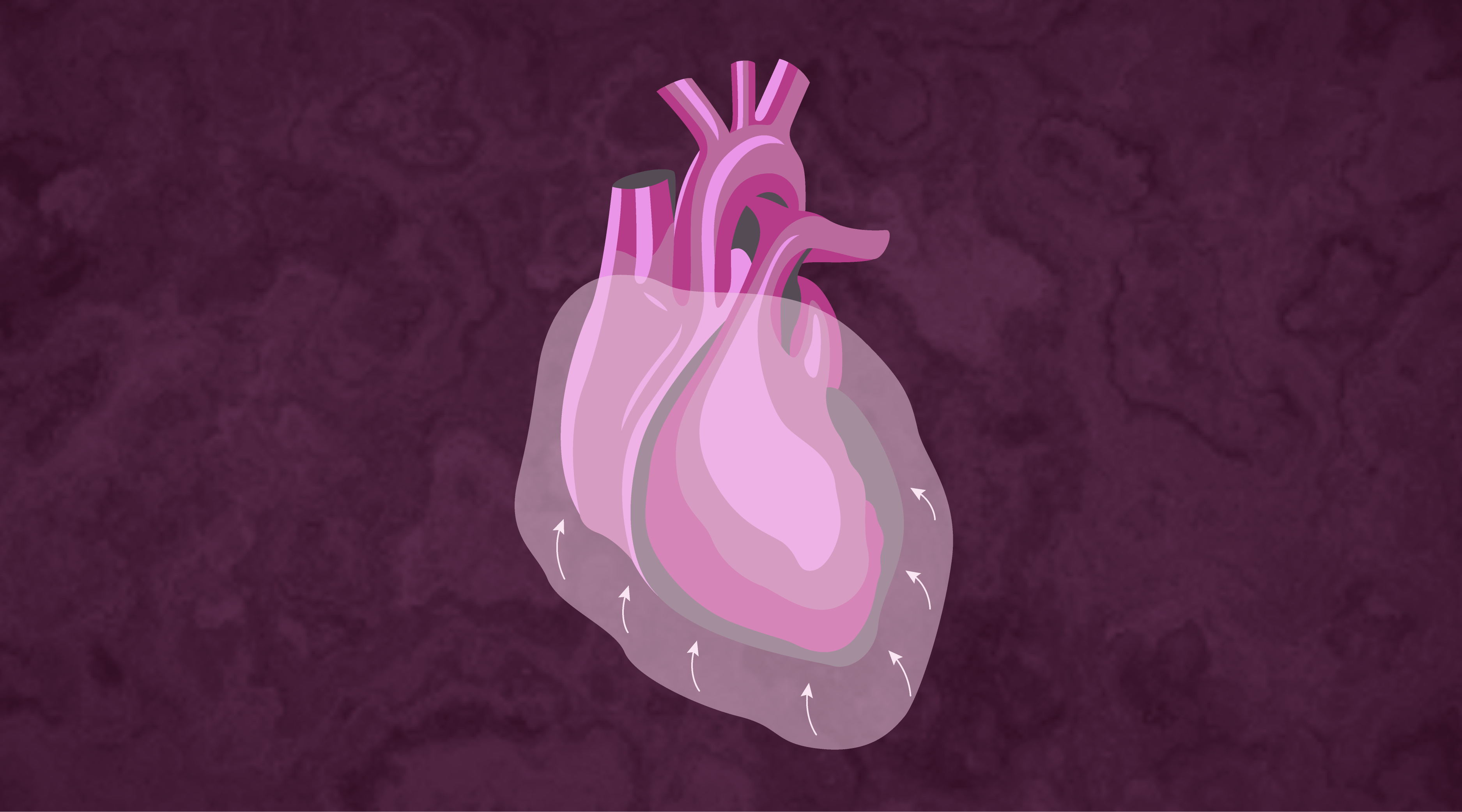
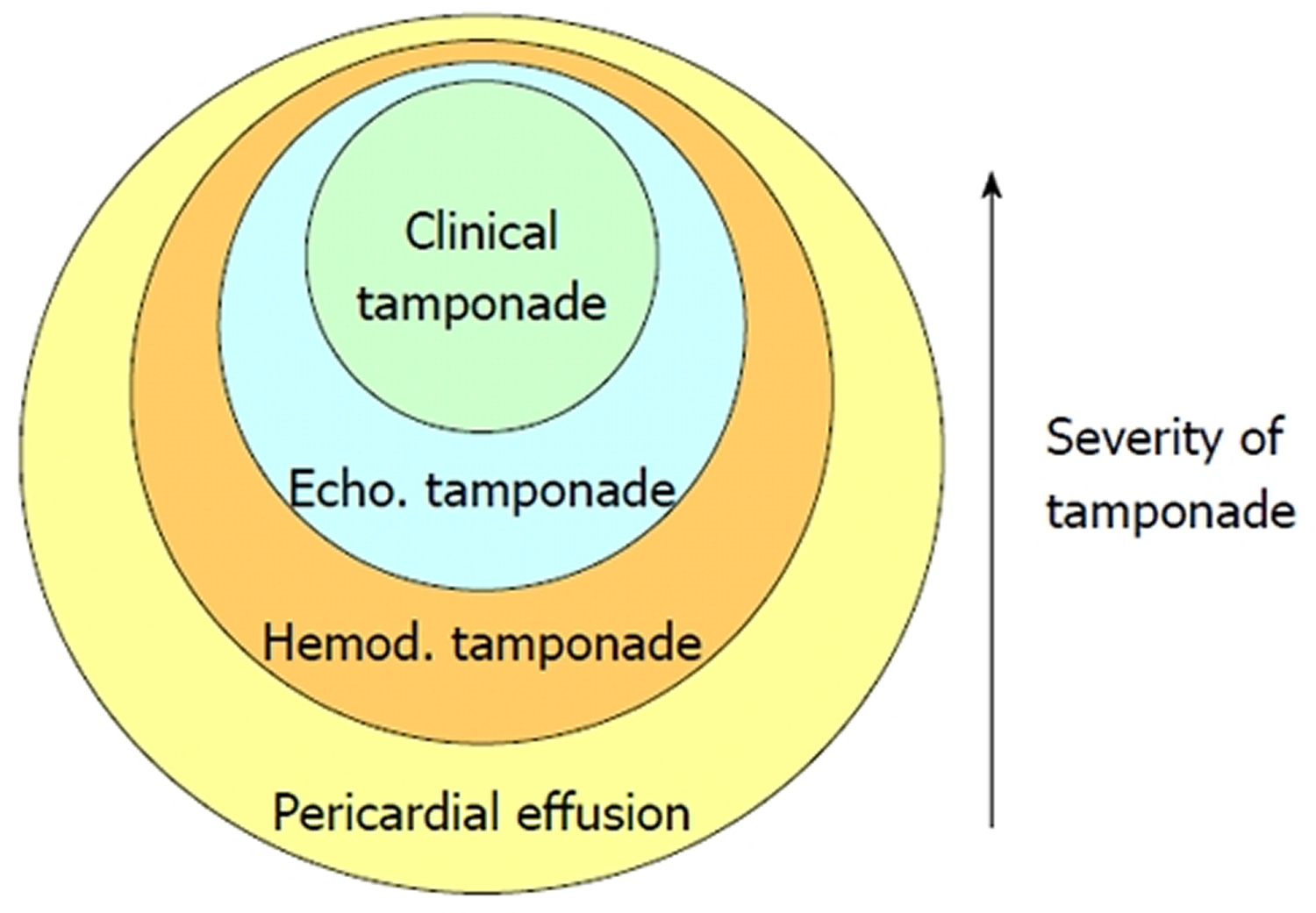
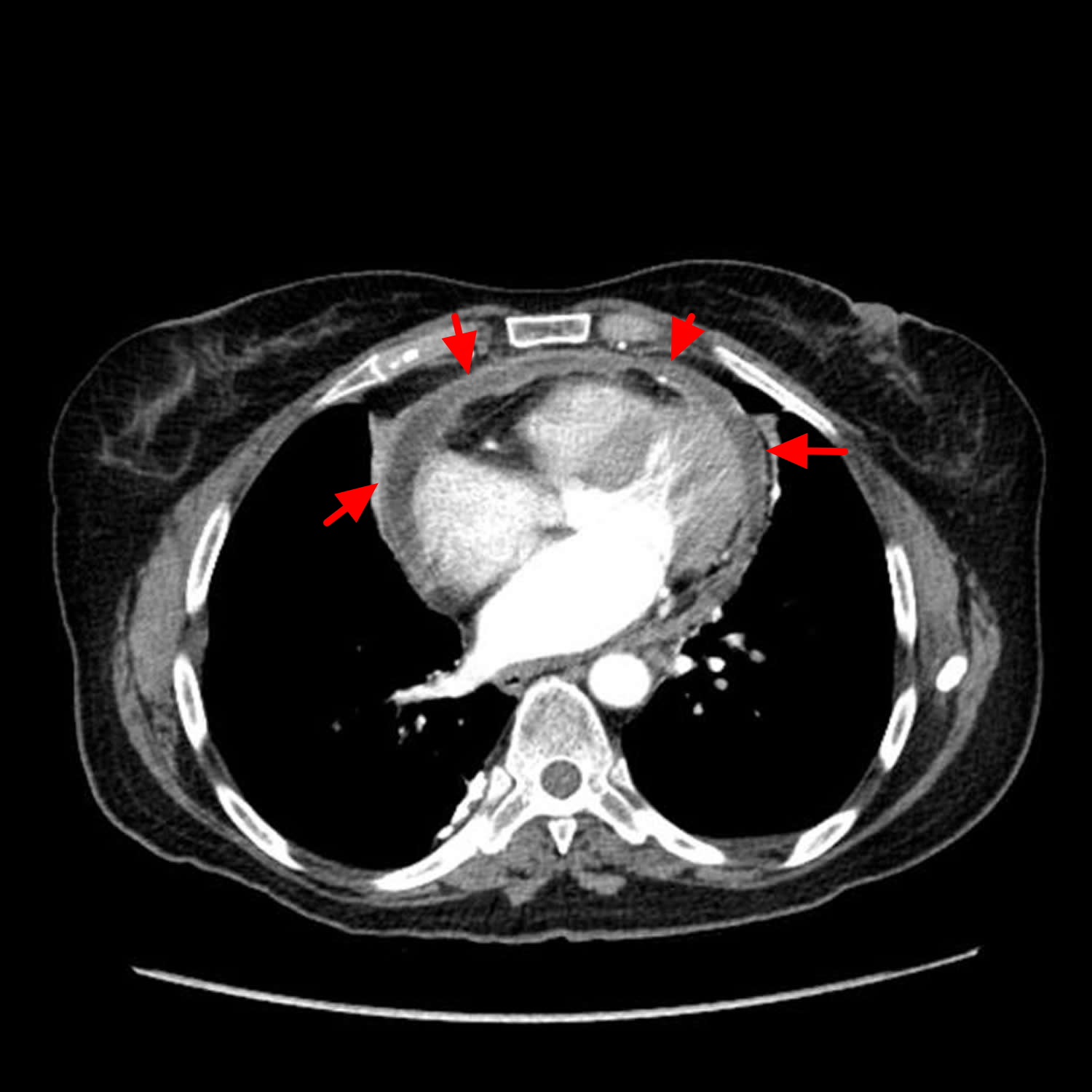
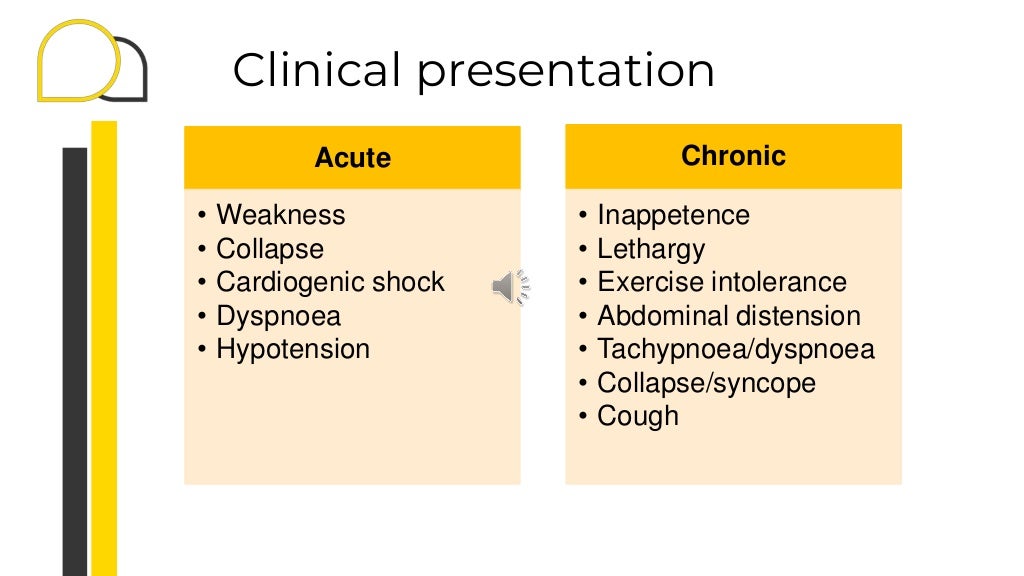
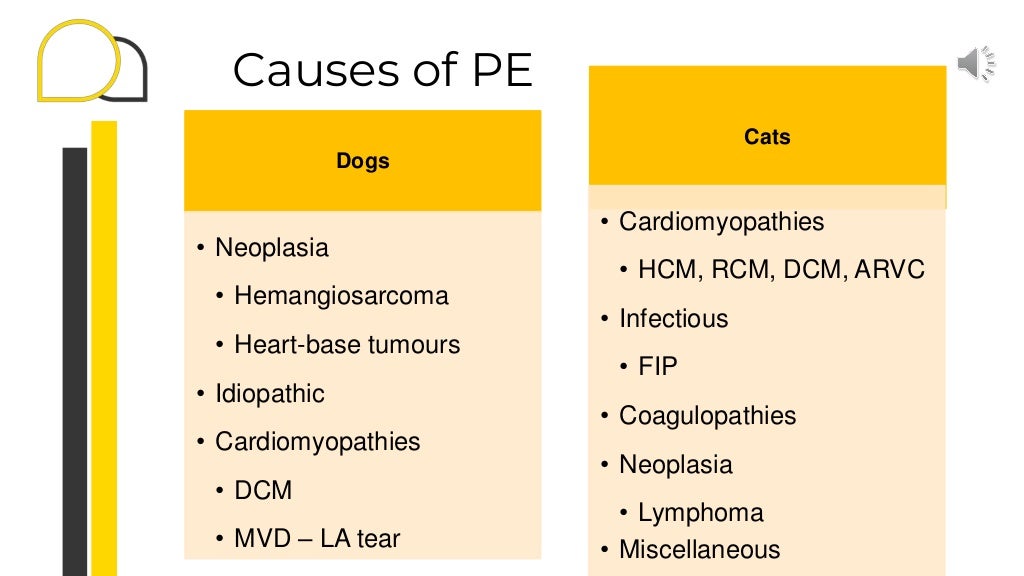



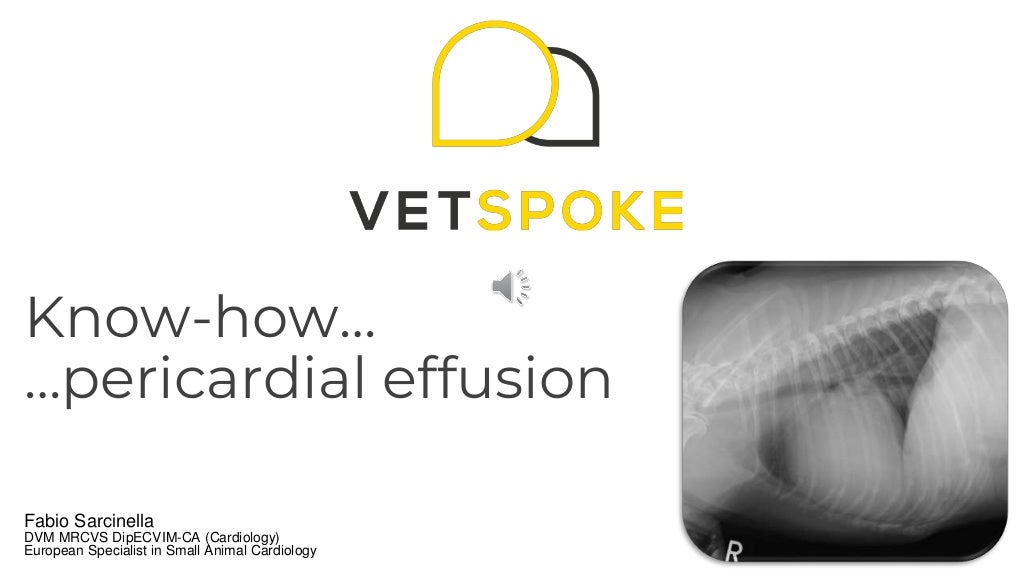
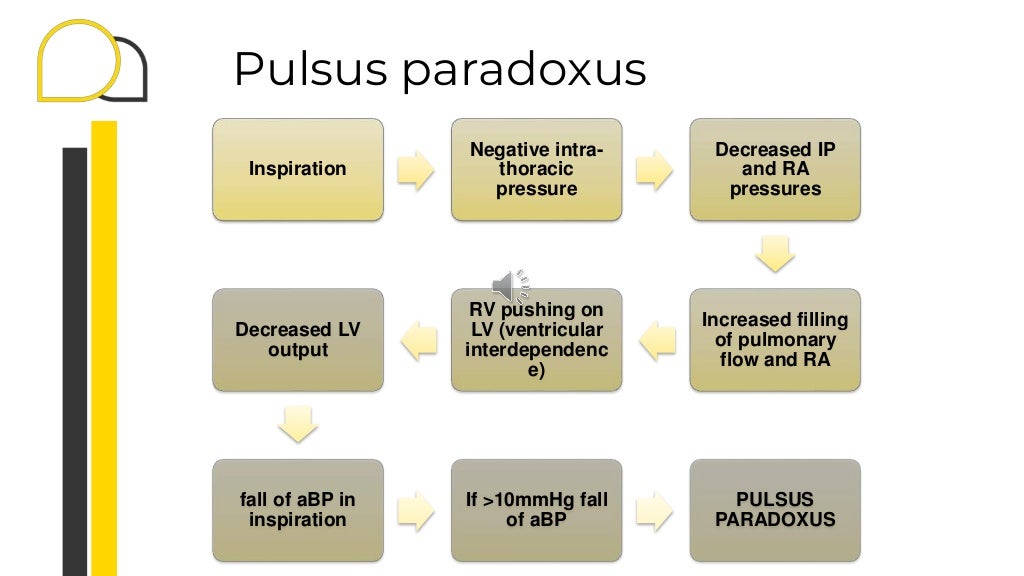
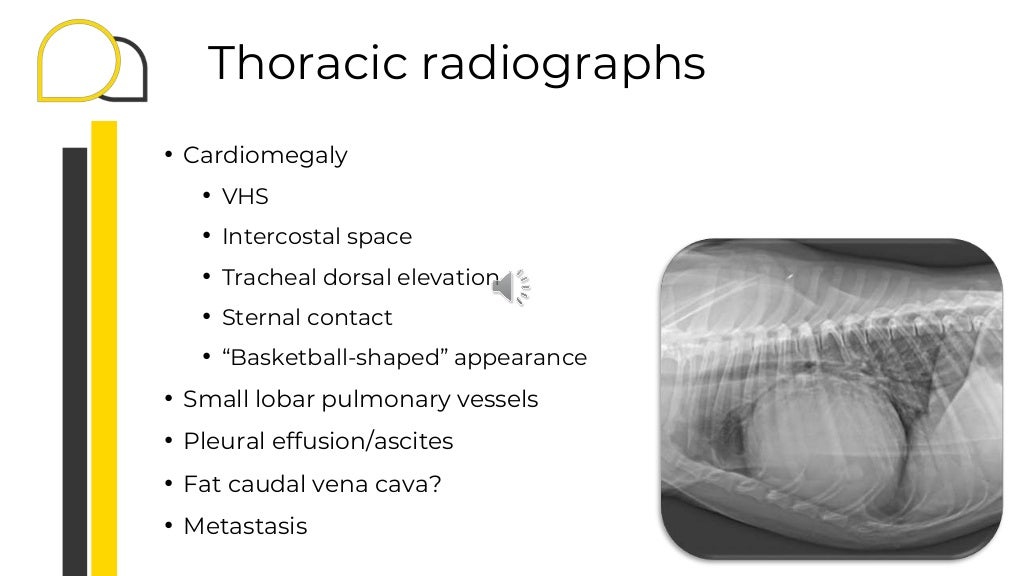

![Can pericardial effusion lead to death? [2022] Catsndogs FAQ](https://catsndogs-answers.com/public/cdn/can-pericardial-effusion-lead-to-death.jpg)